How to Choose the Right Engagement Model for Mobile App Development?
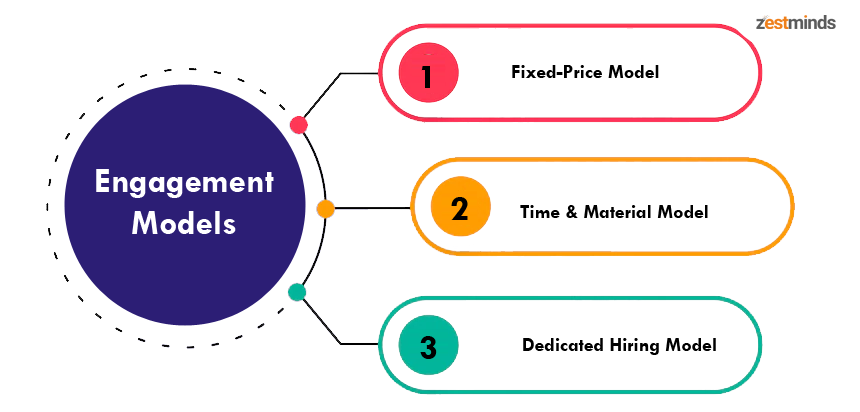
In the context of the software industry, an engagement model is a structure that defines the manner in which a vendor provides information technology or software services.
It establishes the framework upon which the parties' responsibilities, obligations, and commitments are outlined, and it also governs the manner in which the parties involved interact with one another over the period of the contract.
The specific needs of a business should be taken into consideration when selecting an appropriate model for employee participation in order to get the best possible results.
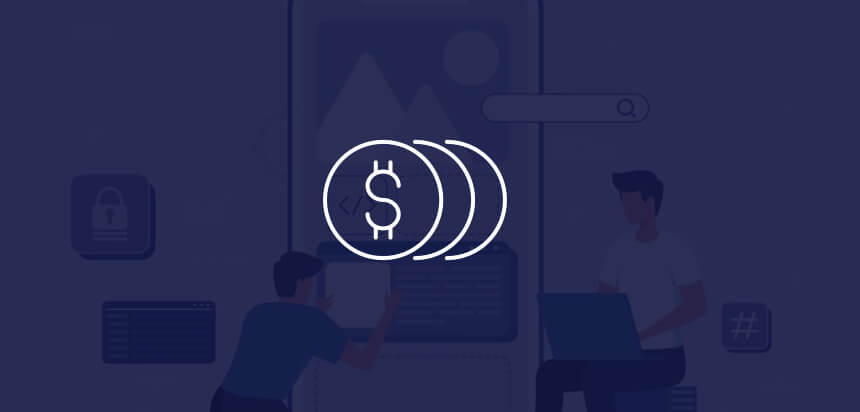






What are the different types of engagement models?
There is a wide variety of engagement models available, and businesses have to choose the one that works best for their particular circumstances. The decision should take into account all of the different technological and business requirements, as well as any relevant financial and logistical factors. Let's take a look at eight of the most common engagement models that are used today, as well as the circumstances that are the ideal fit for each one.
1. The Fixed-Price Model
The Fixed Price Model is linked to a cost estimate that has already been established for the project. It is recommended that you utilize it in situations in which you already have a clear understanding of the project requirements for the solution or application that you want to develop. At the time of the contract signing, an agreement is reached regarding the scope of the project as well as the associated costs, and the execution of the project is carried out in accordance with this agreement. In this particular instance, the costs of the project are inextricably related to the clearly delineated deliverables of the project, which are often linked to the numerous payment milestones that occur throughout the duration of the project. This approach makes it easier for you to monitor the development of the project and reduces the risk involved. During the course of the project, there is a chance that the scope will see a sizable expansion or contraction. In this scenario, the Change Management process is activated, which paves the way for modifications to be included after receiving concurrence from both parties. This will include any expenses and time consequences that are associated with this matter.
2. The Time & Material Model
This type of engagement structure, which is commonly referred to by its popular abbreviation, the T&M Model, is chosen in situations in which the scope of work associated with a project is not fully specified and will continue to evolve. Each resource is billed in accordance with its utilization time according to the contract. The vendor provides resources based on predetermined skill sets. The T&M Engagement Model is perfect for the following situations:-
• Programming for continuous product evolution
• Projects with a high degree of complexity
• Assignments in research and consulting
• Design of solutions
• Contracts for support and maintenance

3. Offshore Development Center
This approach makes use of teams that are an extension of the client's team and that are located in various parts of the country (s). An Offshore Development Center (ODC) is something that can be maintained by an offshore development firm that has demonstrated that it is capable of delivering work offshore. Utilizing this strategy can result in a variety of positive outcomes, some of which include, but are not limited to the following:-
• Operational efficiency,
• The ability to scale up and down as needed, and
• The work hours of more than one time zone can be covered (so long as all the time zones are covered).

4. The Service Level Agreement (SLA)/ Milestone-Based Model
The milestone-based paradigm is often an excellent choice for organizational configurations that are process-oriented. Within a given project, it intends to deliver the defined milestones and service level agreements. In order for this partnership to be successful, the milestones need to be specified in a way that leaves little room for interpretation, and the parties involved need to have their respective roles and obligations made abundantly apparent to one another.
5. IT Staff Augmentation
With this strategy, you will be able to enhance the capabilities of your internal team by utilizing resources provided by a third-party vendor. It helps to decrease costs connected with the full-time hiring of staff while also allowing for greater flexibility in scaling up teams in response to fluctuations in seasonal demand. If your development or quality assurance requirements are tightly tied with the work that is being done in-house but require in-person rather than remote cooperation, staff augmentation may be a viable alternative for you to consider.6. Hybrid (Onshore-Offshore) Model
Offshore and onshore models are combined in this model. In cases where both onsite and remote support are required, this can be an ideal solution.7. Managed Services
Essentially, the vendor provides end-to-end service management for you. Within a particular area of work, they handle all requests. Managed Services often involve the following types of tasks: staffing the project with the appropriate individuals; using the necessary tools and infrastructure; implementing procedures and industry best practices in a manner that is appropriate for the project; and so on. Keeping documentation up to date, producing project reports, and ensuring that deliverables are distributed in a timely manner are some of the responsibilities that fall under this category. This technique works particularly effectively for businesses that have to concentrate on their primary operations rather than making investments in specialized fields in which they lack expertise. The company may contract out the entirety of the work required for the creation of software, its maintenance, or its quality assurance. A third party will handle the management of everything from beginning to end.
8. Low-Touch Onboarding and High-Touch Onboarding
Both of these approaches work quite well for businesses that offer SaaS (Software as a Service) solutions to their customers. They detail the manner in which the provider will assist with the installation of the SaaS solution. High-Touch Onboarding: Using this strategy, the implementation team offers training and assistance in setting the solution through an approach that is very hands-on and involves a lot of involvement from the user. Onboarding procedures with a high level of personalization often involve the assignment of a dedicated customer manager or account manager to oversee and manage the client's account and assist in making support arrangements as required. Low-Touch Onboarding: When it comes to software, tools, or plugins that are relatively straightforward, as well as situations in which the customer needs very little assistance with onboarding or setting in order to get started using the program, this strategy works best. A good number of items can be bought directly using an automated purchasing system. In low-touch business models, client concerns and questions are often resolved through the use of an online or automated helpdesk for customers.How to Choose the Right Engagement Model?
These are some questions you should ask to help you establish whether model is appropriate for your organization or project, and to help you select a provider who is capable of providing services in an appropriate manner utilizing that model.-
• Where are you in the process of putting your project into action, the ideation stage or the implementation stage?
• Do you need talents that are less generally used or more commonly used ones?
• Do you have an extremely limited amount of time before you need to be ready for the market?
• Is there a very tightly connected dependency on in-house teams for getting additional work done by externally-supplied resources for development and quality assurance?
• Do you need to stay within a specific budget in order to complete this project, or are you hoping to make a major improvement in the return on investment margins for your company?
• Do you merely need more resources for a few weeks or months, or do you have a requirement that will last for a longer period of time?
• Do you have in-house competence in the management of projects and the delivery of software?
• Does the provider have a track record of success in the industry providing services that are comparable to those you require?
How Zestminds can help
Zestminds provides a wide range of software services along with adaptable engagement models that are specifically designed to meet the requirements of your company. Get in contact with them to find out more and investigate how your company may benefit from working with them.

Shivam Sharma
About the Author
With over 13 years of experience in software development, I am the Founder, Director, and CTO of Zestminds, an IT agency specializing in custom software solutions, AI innovation, and digital transformation. I lead a team of skilled engineers, helping businesses streamline processes, optimize performance, and achieve growth through scalable web and mobile applications, AI integration, and automation.
Stay Ahead with Expert Insights & Trends
Explore industry trends, expert analysis, and actionable strategies to drive success in AI, software development, and digital transformation.
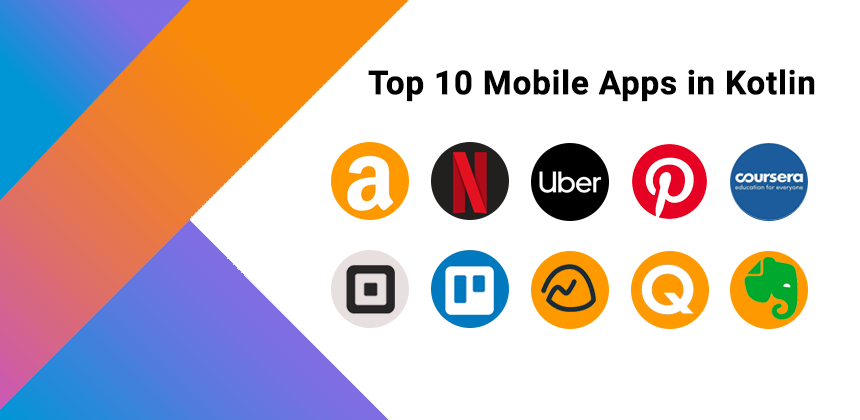
June 13, 2022
Top 10 Mobile Apps in Kotlin
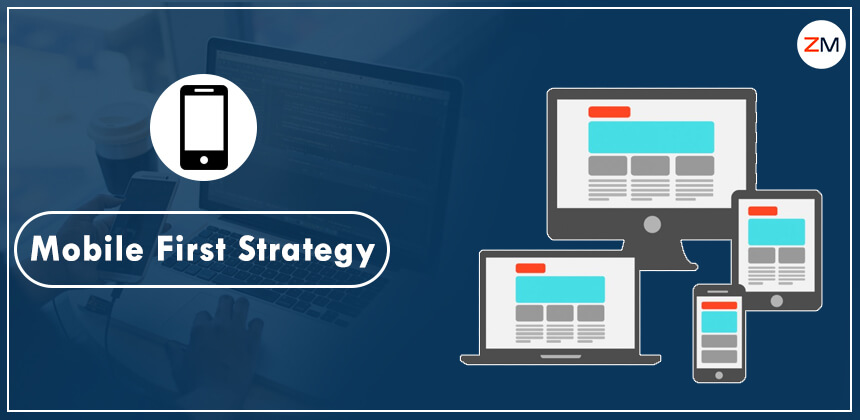
March 22, 2022
Why Mobile First Strategy will be an Evergreen Strategy
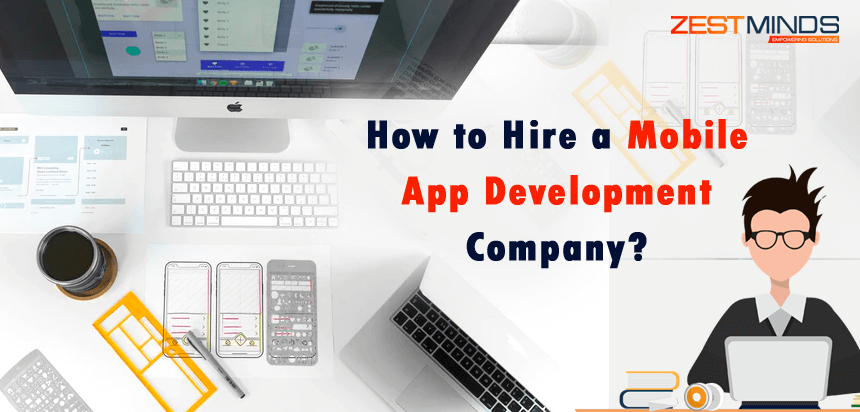
October 13, 2020
20 Factors to Consider While Hiring a Mobile App Development Company
Stay Ahead with Expert Insights & Trends
Explore industry trends, expert analysis, and actionable strategies to drive success in AI, software development, and digital transformation.

June 13, 2022
Top 10 Mobile Apps in Kotlin

March 22, 2022
Why Mobile First Strategy will be an Evergreen Strategy

October 13, 2020

